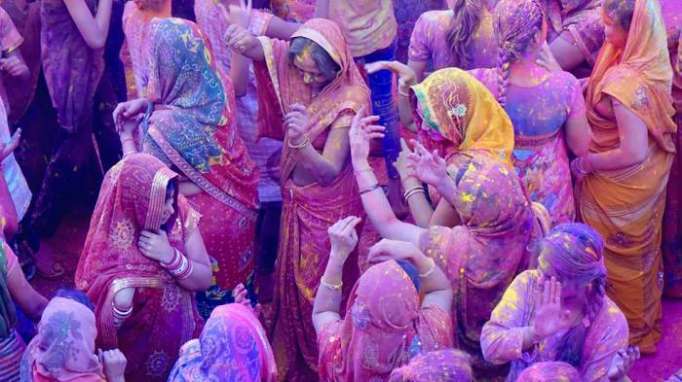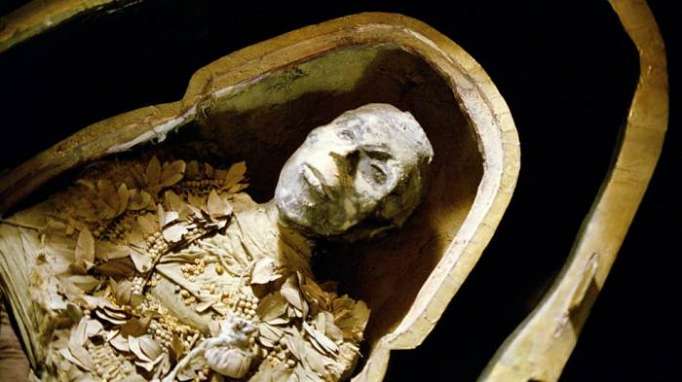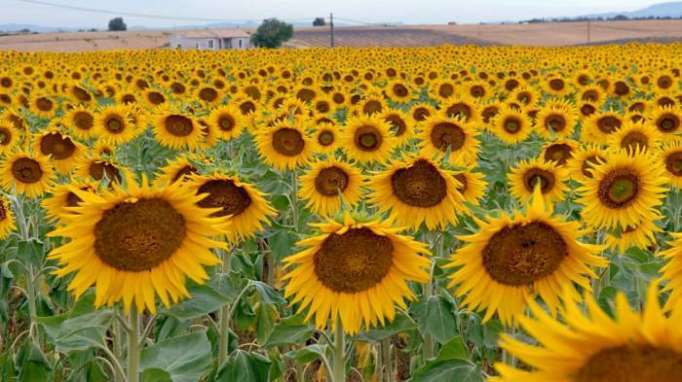Holi colours

Holi is an ancient festival which is referred to in the 7th Century Sanskrit drama, Ratnaval | © Rajesh Pamnani
Civilisations: Radiance also features stunning images from the ancient Hindu festival of Holi, which takes place every spring. It's one of the most sacred festivals in the Indian calendar, where revellers drown themselves in clouds of coloured powder as a symbol of the joyous resurgence of life.
Modern cameras allow fantastic images of the festival to be captured and beamed around the world but the festival was also captured back in the early 18th Century, in a selection of images commissioned by the Maharaja of Jodhpur. "In them", Schama says, "colour becomes the symbol of karma, sensory and sexual pleasure, which in Hindu faith was one of the essential – sacred – goals of human life."
But the aesthetic of the Holi festival now stretches far beyond India – and is being used in ways in which some Hindus find uncomfortable. Writing in the New Statesman, Rahul Verma said that Europeans putting on Holi-style events can feel like a textbook case of cultural appropriation.
Morbid Mummy Brown

This mummy has been preserved and was not used in the production of paint
Despite the title, Edward Burne-Jones was shocked when he learned the gruesome origin of a paint called Mummy Brown. Design journalist Kassia St Clair tells Viv Jones in episode seven of The Civilisations Podcast about how freaked out the Pre-Raphaelite artist became.
"He was horrified. He had no idea that the paint he had on his palette and had been squeezing out of a tube was actually made from mummified human remains taken from Egyptian tombs. He insisted on running upstairs to his studio to get his tube and went out to the garden and gave his tube a decent burial.
"There was a real trade in mummified remains and it didn't start out being just for pigments. There was a longstanding belief that mummified human flesh was a cure for a range of different things.
"Once people had been using it for several centuries as a medicine, it somehow found its way on to artists' canvases. The most likely explanation for this is because artist would get their supplies from apothecaries who also stocked medicines."
If you're interested in adding that shade to your palette, unfortunately it's no longer available. The managing director of the manufacturer reportedly said that they ran out in the early 1960s.
Apparently a combination of hematite, calcium carbonate, iron oxide, kaolin and clay silica can create a similar effect.
Black for one

A shade of black (but not Vantablack)
Vantablack is a black substance. And when we say black, we mean really black. "It absorbs 99.965 percent of light", Kassia St Clair says. "It's incredibly uncanny stuff. It absorbs so much light that it tricks your eyes - it's very unnerving." It's the blackest synthetic material on Earth and was made with technological uses in mind, like coating satellites.
St Clair tells Viv Jones in The Civilisations Podcast that the material captured the imagination in unexpected ways. "The scientists who created it had no idea about the fuss that would be caused. One person received a call telling them that they must be associated with the devil - anything that black had to be a sign of pure evil."
People weren't just worried about the dark arts. Some people weren't amused that artist Anish Kapoor was granted exclusive rights to use Vantablack.
Another artist, Stuart Semple, went so far as to put on sale the pinkest pink paint, that was available to everyone, bar Kapoor. At purchase users had to declare: "By adding this product to your cart you confirm that you are not Anish Kapoor..."
This tongue-in-cheek war escalated, with Kapoor posting a picture on Instagram of his middle finger dipped in the pot of pink paint.
Yellow = yellow?

How you feel might impact what you see when you look at a field of sunflowers
The time of year can change how our eyes and brains interpret what we see.
Yellow looks different to us depending on the season, according to scientists at the University of York. In the summer yellow appears more ‘greenish’ whereas in the winter yellow appears more ‘reddish’.
This is the result of living in an environment where the level of green light increases in the summer. When the trees are full of leaves our eyes need to adapt. With extra green all around us, our brain has to recalibrate its understanding of yellow.
Lion King blues

The Lion King leaves many viewers with moist eyes | © Pictorial Press Ltd / Alamy
Researchers in Rochester, New York have found that feeling sad can impact on your ability to identify colours. Participants were shown swatches which had most, but not all, of the colour removed from them and were then asked to identify what colour they were looking at it.
A group who had watched the death of Mufasa in the Lion King found it harder to pick out blue and yellow than others who had not seen the film. Psychologists believe that dopamine – which controls our brain’s reward and pleasure centres – has an impact on how we distinguish these colours.
BBC
















































